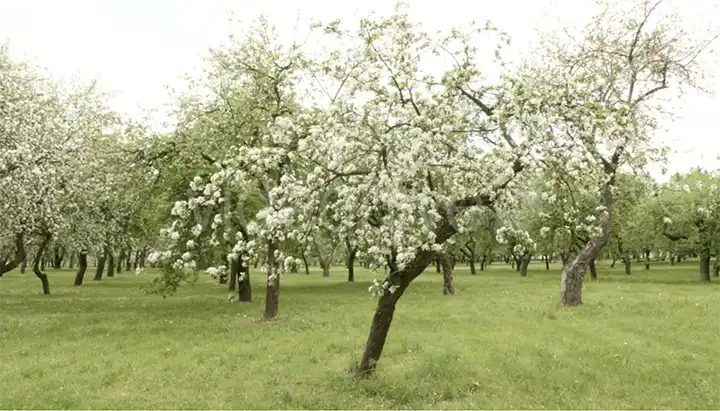How To Make Compost At Home (100% Organic)
Creating your own compost at home is an excellent way to recycle organic waste and produce nutrient-rich soil for your garden. Not only does composting benefit the environment by reducing landfill waste, but it also promotes soil health and reduces the need for chemical fertilizers. Here’s a comprehensive guide to making 100% organic compost at home.

1. Choose a Compost Bin
First, decide on the type of compost bin that suits your needs:
- Holding Units: Simple containers that hold compost. They are relatively slow as they don’t allow for much aeration.
- Turning Units: These bins can be turned to aerate the compost, speeding up the decomposition process.
- Pile or Heap: If you have a lot of garden space, you can create a compost heap. It’s the least expensive method but can be unsightly and harder to turn.
- Worm Bins: Use red worms or tiger worms to break down organic material. Perfect for apartment dwellers or those with limited space.
2. Know Your Greens and Browns
For successful composting, it’s essential to balance nitrogen-rich materials (greens) with carbon-rich materials (browns).
- Greens: Vegetable and fruit scraps, coffee grounds, fresh grass clippings, manure, and green leaves.
- Browns: Dry leaves, straw, hay, cardboard, newspaper, wood chips, and sawdust.
3. Composting Steps
a. Layering: Start your compost pile or bin by placing coarse, dry materials like twigs or straw at the bottom for good aeration. Then, add alternating layers of greens and browns.
b. Size: Chop or shred larger waste materials. This increases the surface area for microbes to work and speeds up decomposition.
c. Turning: Regularly turn your compost to aerate it. This introduces air, which aids in the decomposition process and prevents foul odors.
d. Moisture: The compost pile should be moist like a wrung-out sponge. If it’s too dry, sprinkle water, but if it’s too wet, add more browns.
e. Monitoring: A working compost pile heats up due to microbial activity. If the pile doesn’t heat up, add more greens and ensure it’s moist.
4. What Not to Compost
To keep your compost 100% organic and safe, avoid adding:
- Meat, dairy, and oily foods.
- Diseased plants.
- Weeds that have gone to seed.
- Pet wastes.
- Chemical-treated wood products.
5. Harvesting Your Compost
In 2-6 months, depending on the materials and conditions, the bottom of your pile or bin will turn dark, crumbly, and earthy-smelling. This is finished compost. Sift out any large, undecomposed materials and store your compost in a dry location.
6. Using Your Compost
Spread the finished compost on your garden beds, mix it into the soil, or use it as a mulch. It’s a potent organic fertilizer that will boost plant growth and health.
Conclusion
Making compost at home is a rewarding and eco-friendly activity. By turning kitchen and yard waste into valuable organic fertilizer, you play a part in reducing waste and promoting a sustainable environment. With patience and a little effort, you’ll produce rich, nutrient-packed compost that your plants will love.



















